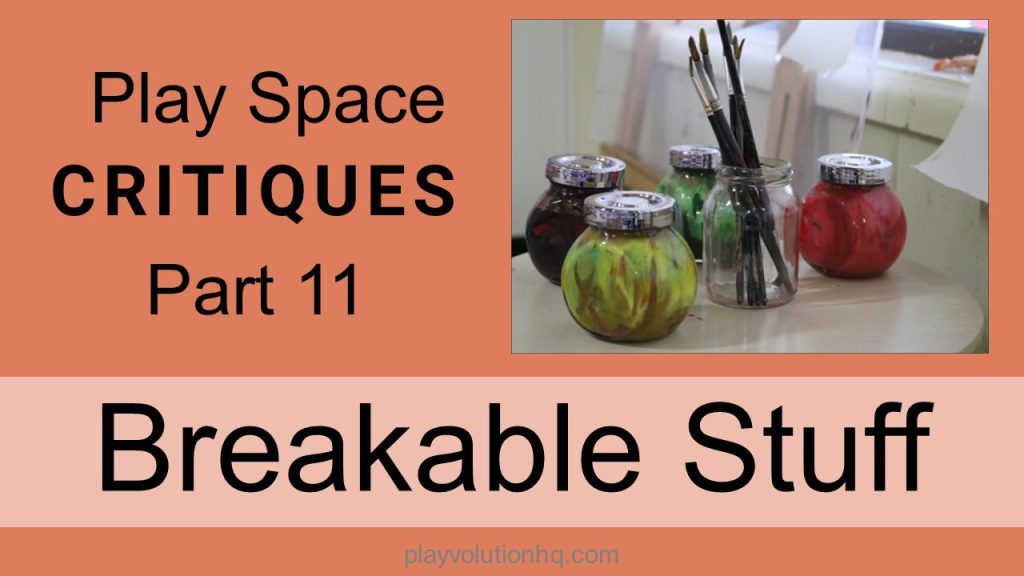
Let’s take a look at breakable stuff in early learning settings. I’m a fan. Seeing a few fragile items in a play environment signals that the adults responsible for the space trust kids to practice being careful. It also telegraphs the program’s philosophy about risk management. I’ve found settings with breakable stuff are not overly cautious when it comes to letting children take developmentally appropriate physical, social, emotional, and intellectual risks.
Let’s look at some photos. I snapped them all, mostly during visits to programs in Australia and Canada.
These are all bits and pieces kids had free and daily access to.
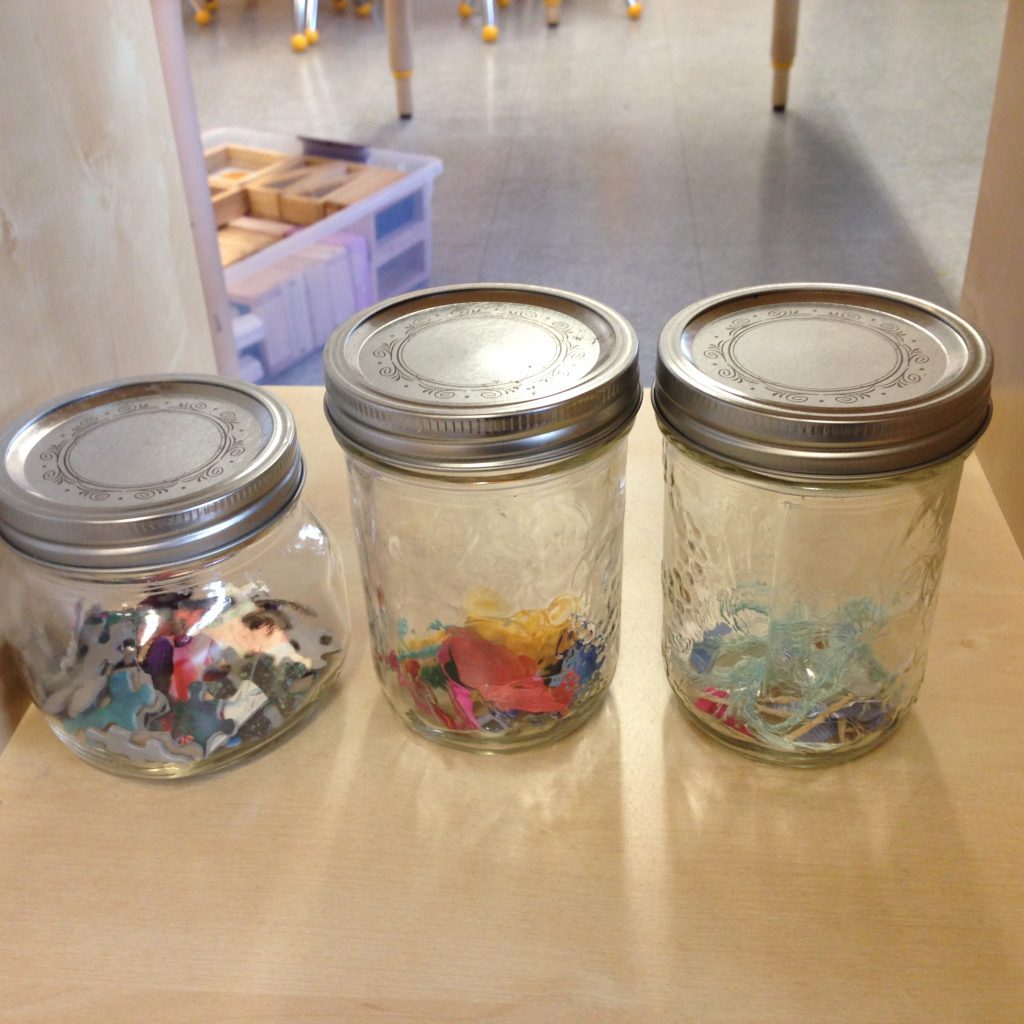
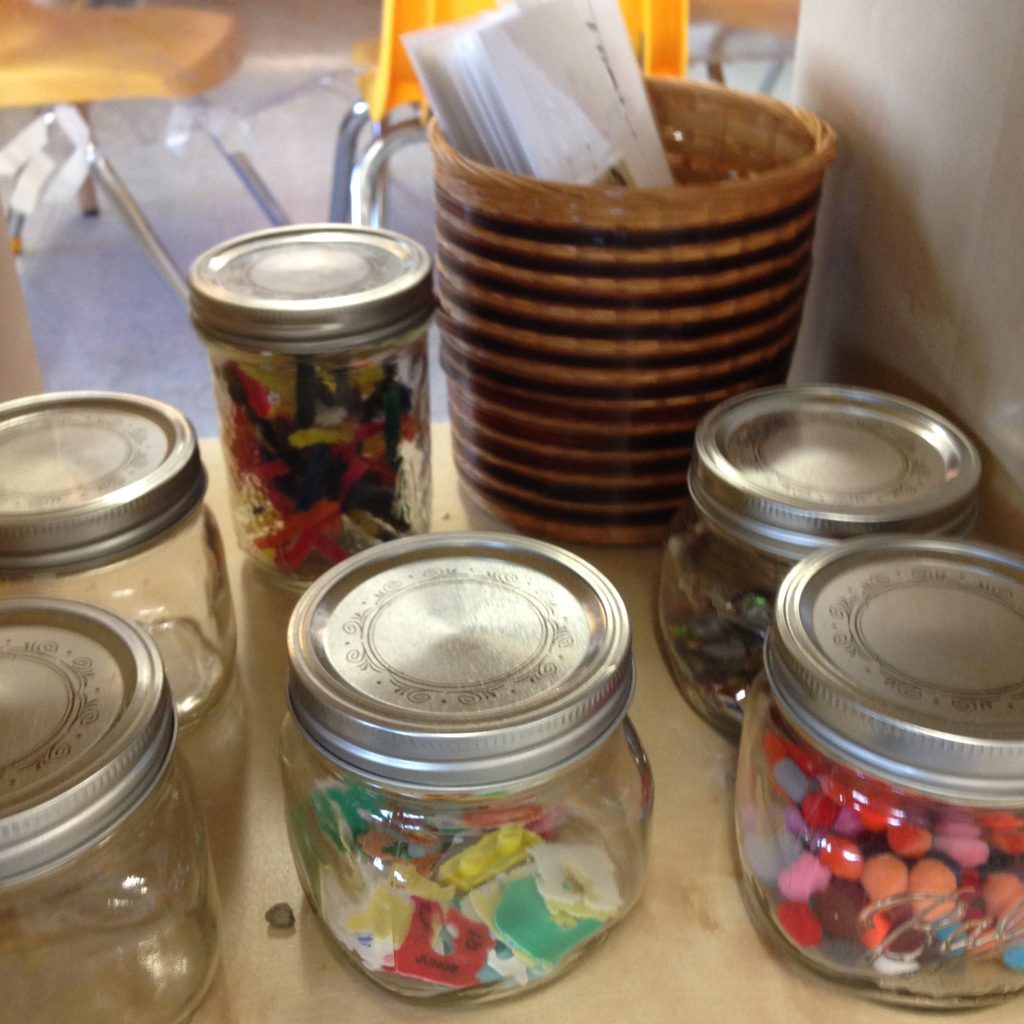
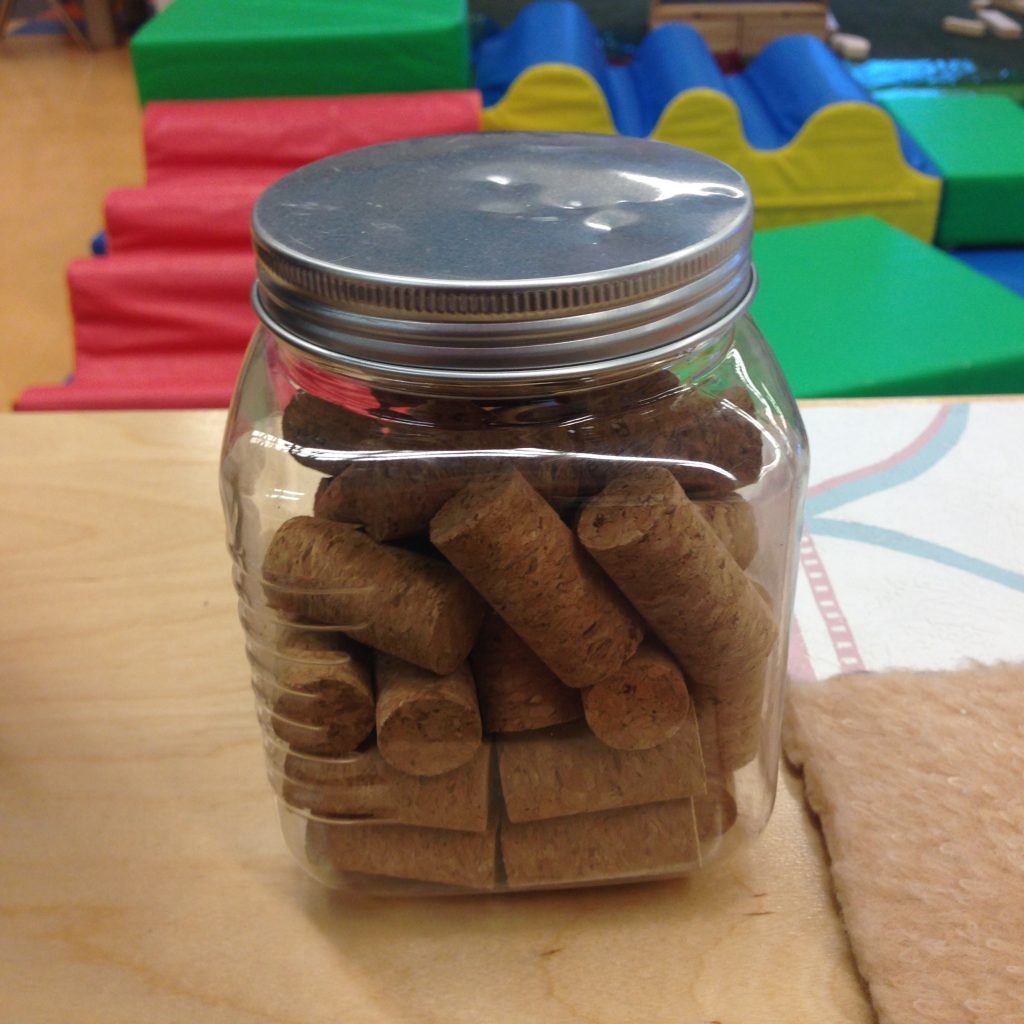
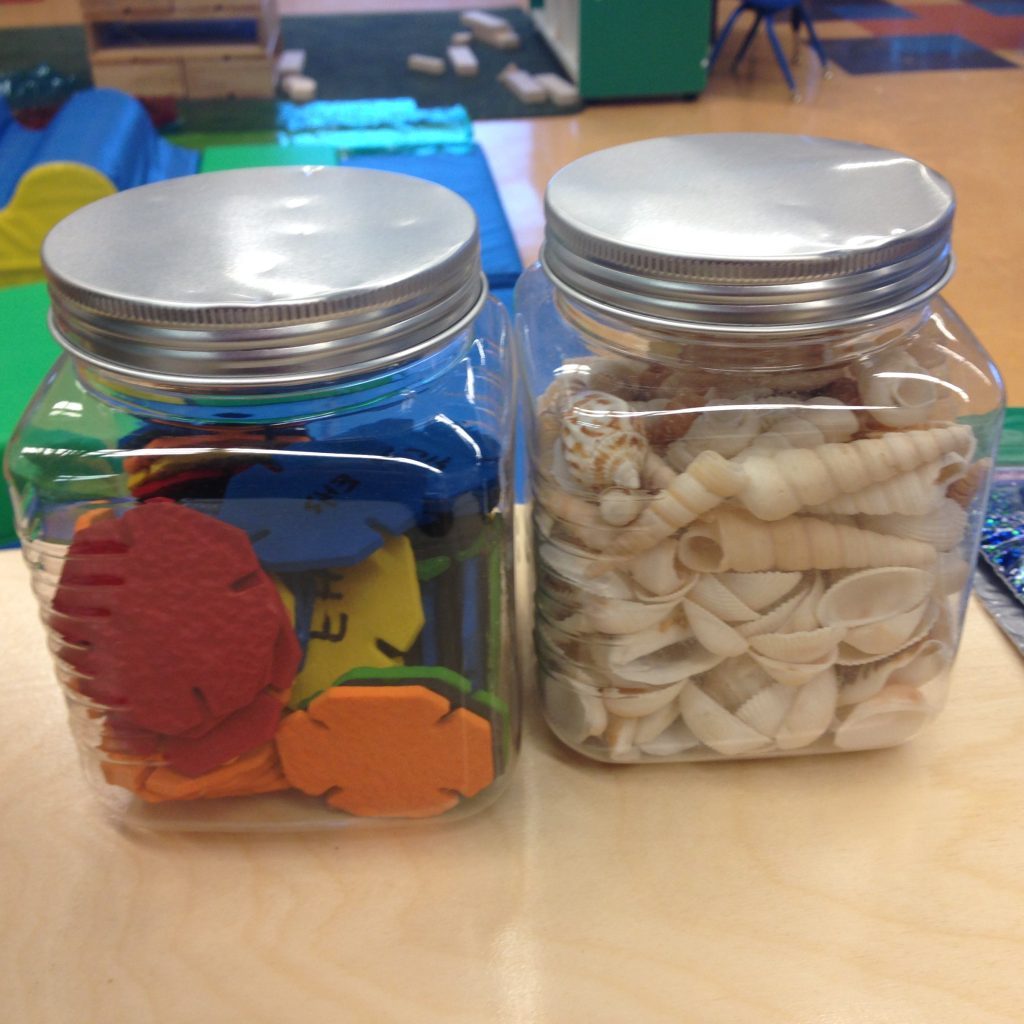
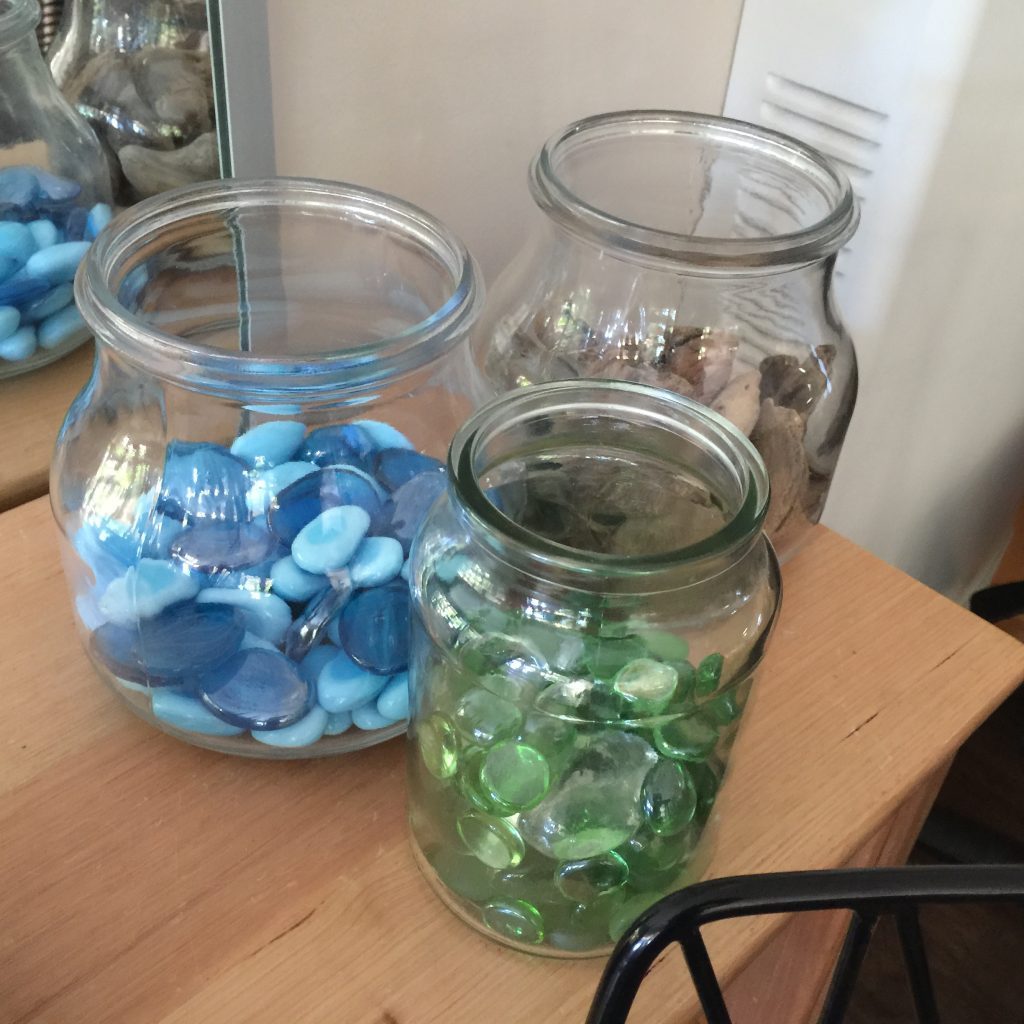
Caregivers I’ve chatted with that use these items in their classrooms report breakage is rare. When it does happen, they see a chance for learning. Learning accidents happen–and the world doesn’t end. Learning about cause and effect relationships. Learning that assisting with cleanup is the natural consequence of breaking something. Learning to be more aware of their movements and surroundings next time they handle something delicate.
The art and craft area is an ideal space for introducing a breakable item or two if you want to dip a toe into breakable stuff in your classroom.
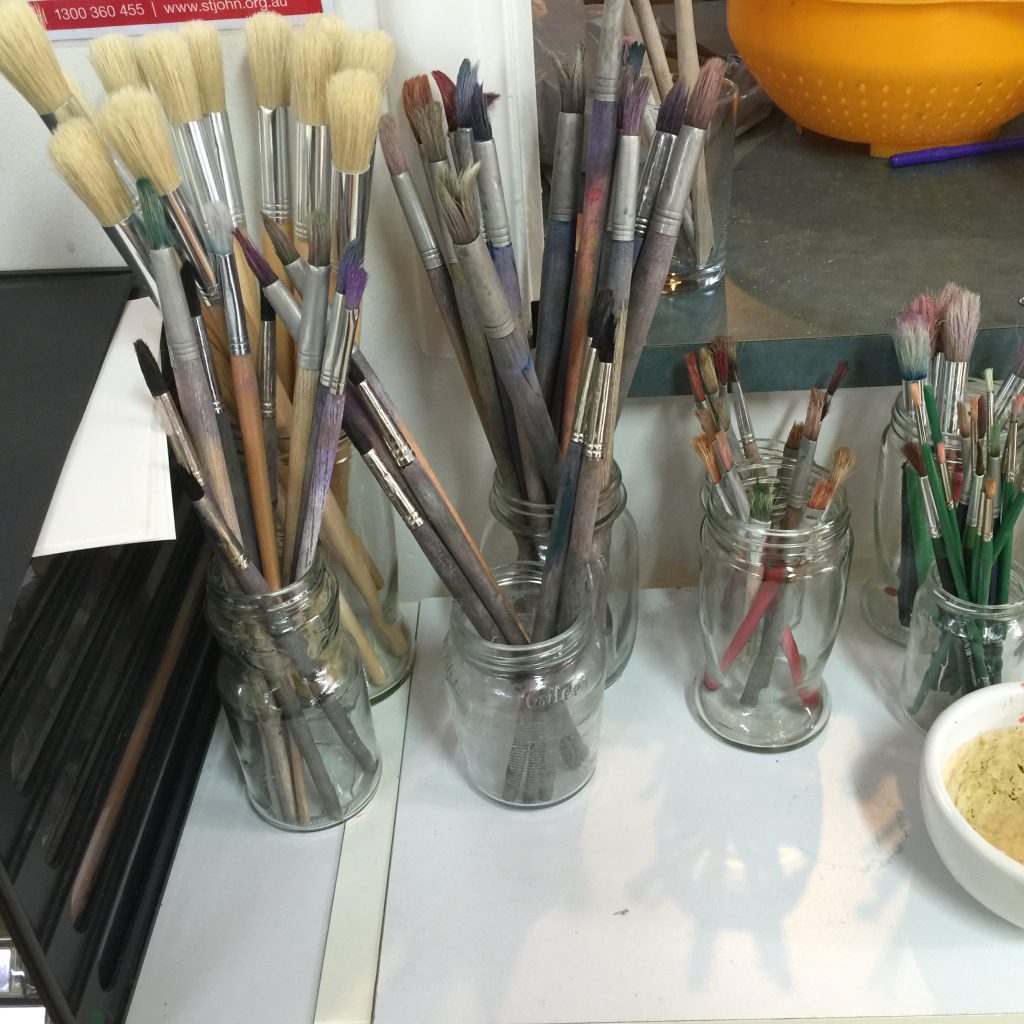
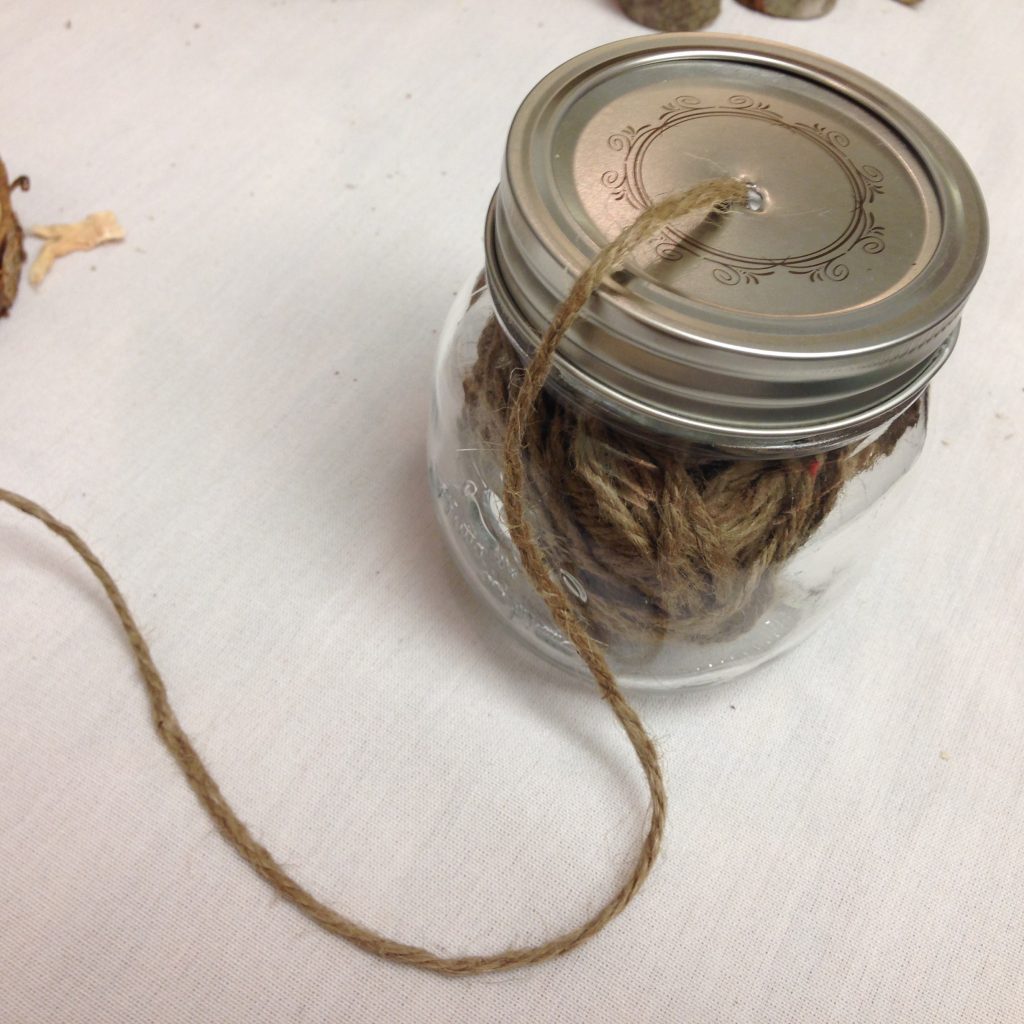
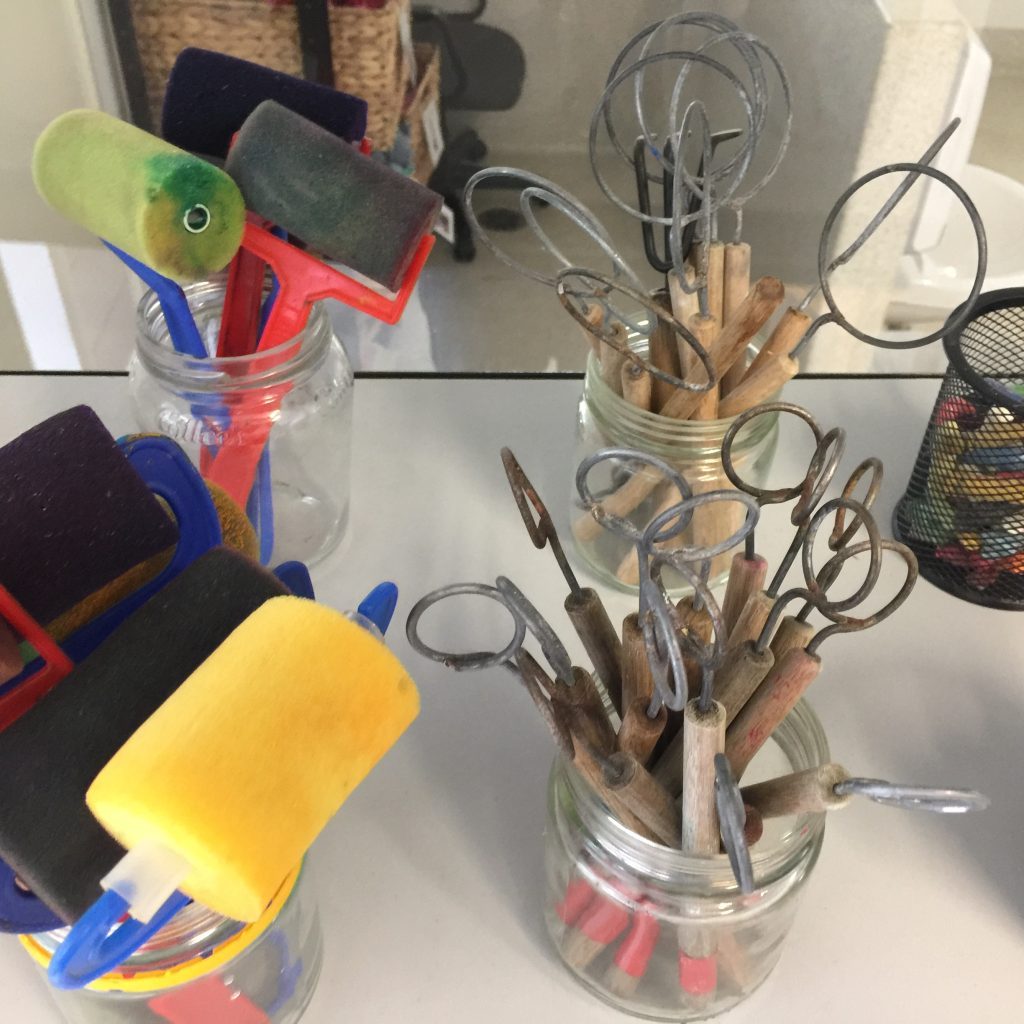
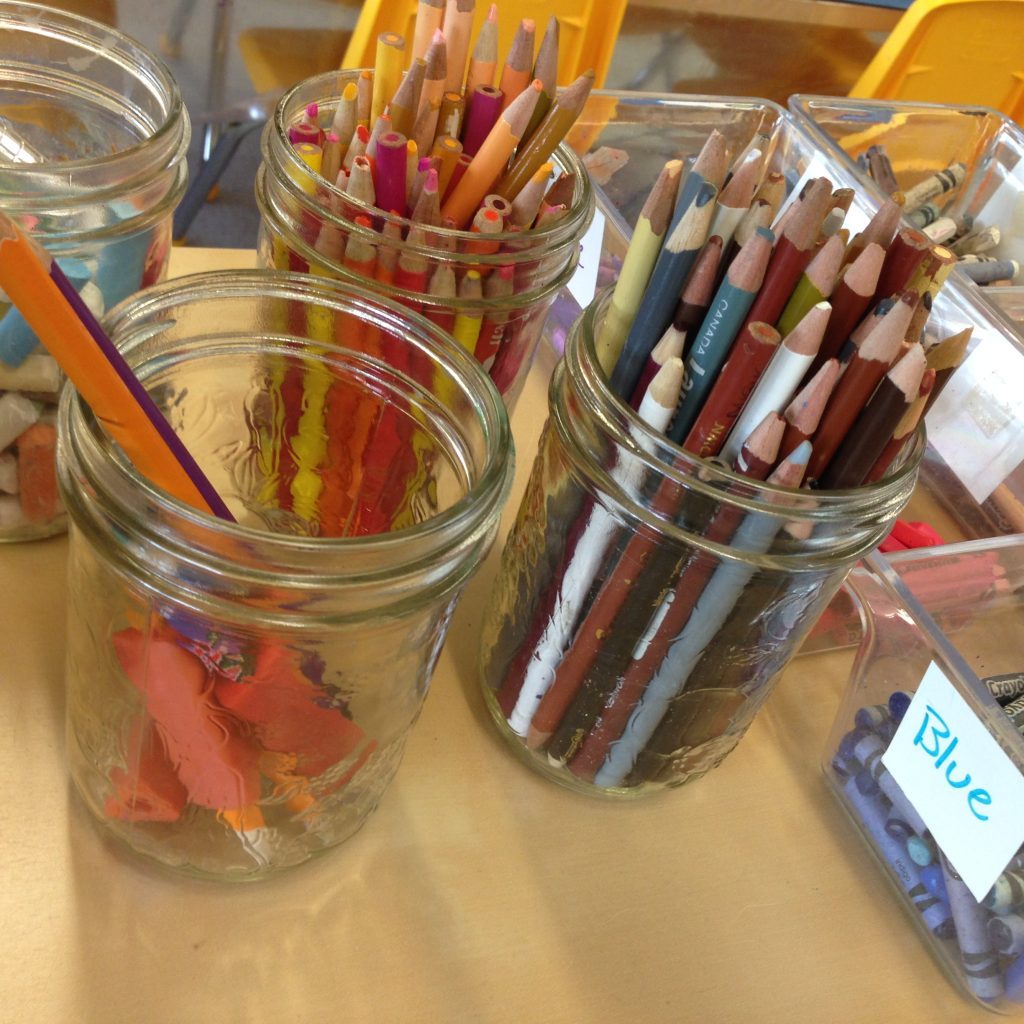
Don’t switch out all your sturdy plastic containers for glass on day one. Add a single breakable. Talk to the kids about it, explaining that you’re experimenting. Discuss how to handle delicate things. See how it goes. You may also want to review the difference between danger, hazard, and risk and complete a benefit and risk assessment. If your little experiment goes well, add more breakables over time–and keep up the dialogue with the kids about what you’re doing and why.
Another thing I’ve heard from breakable stuff providers is that it helps kids feel trusted, competent, and capable.
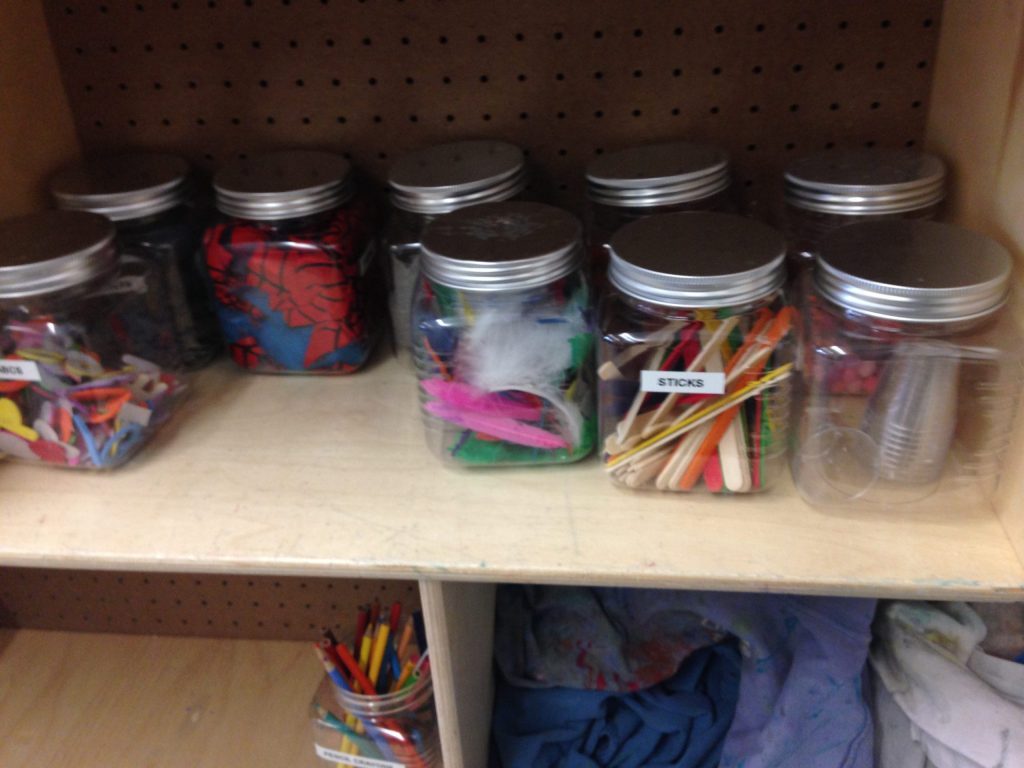
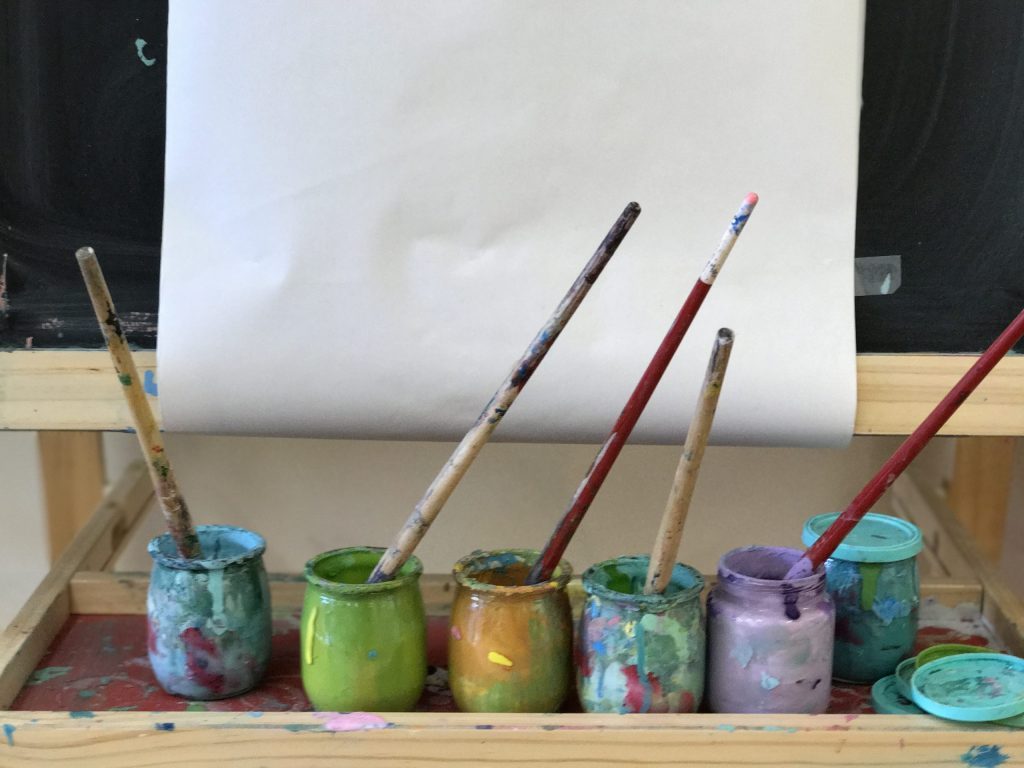
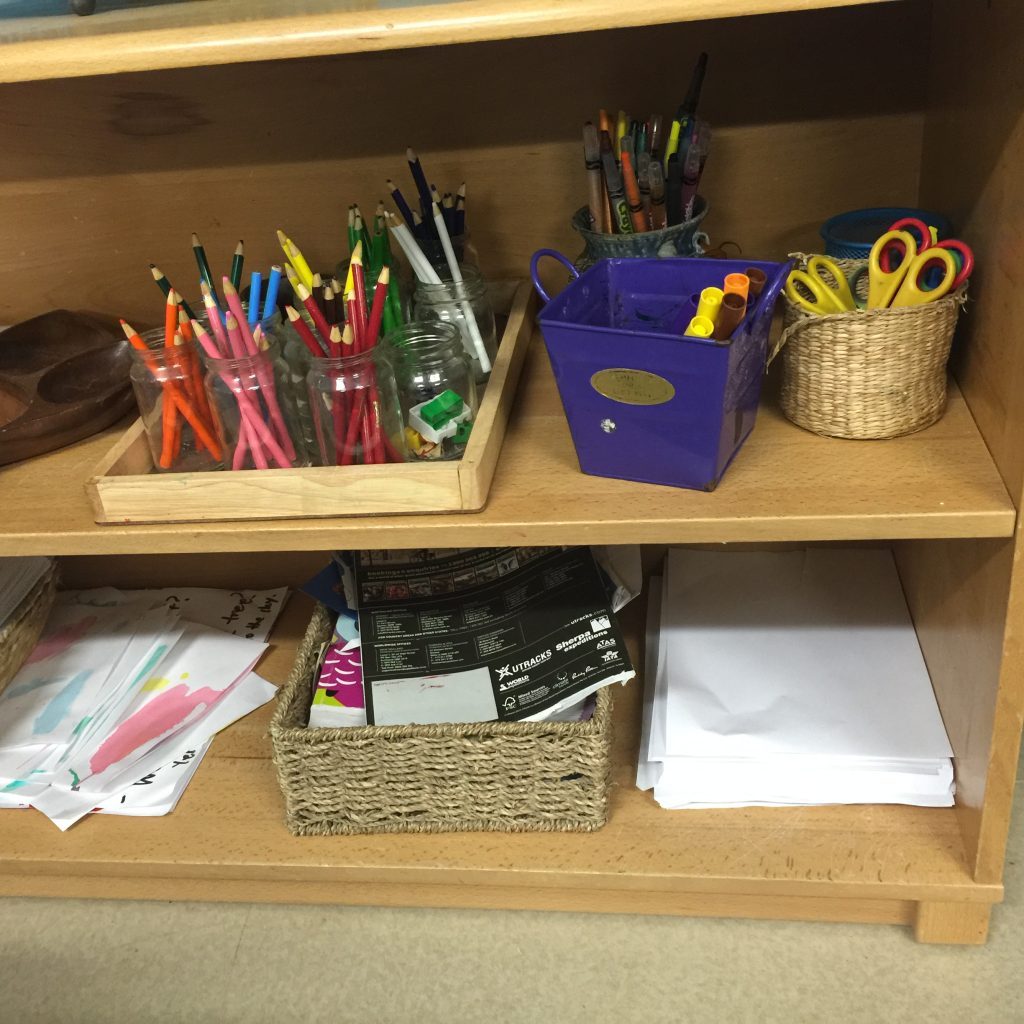
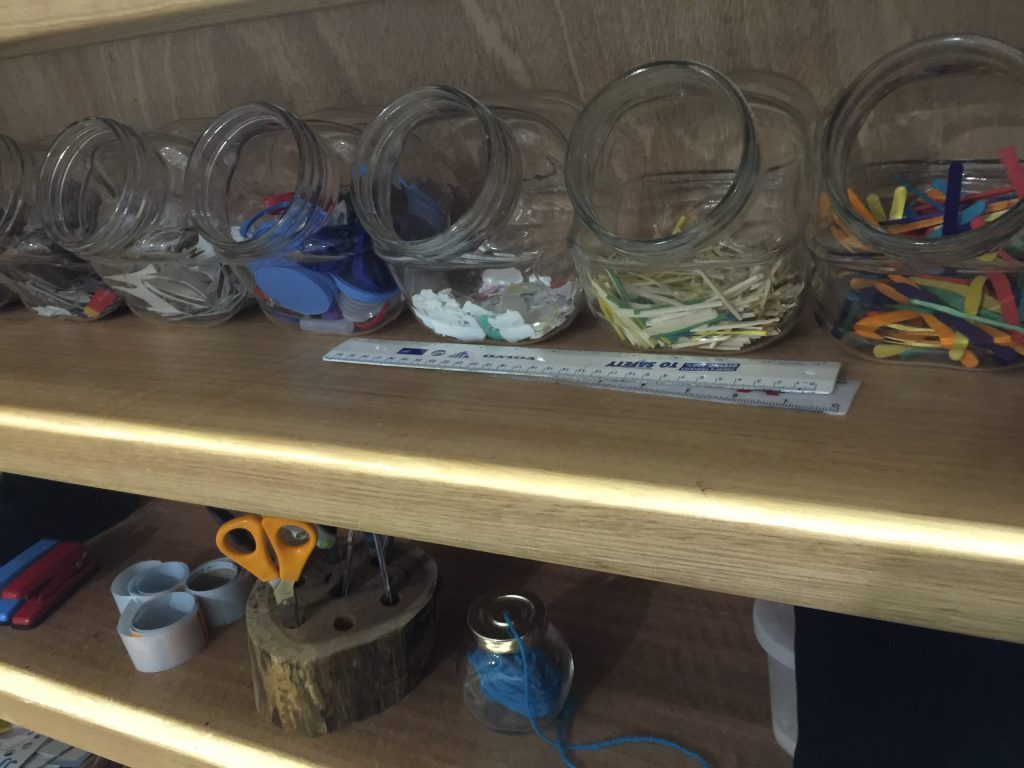
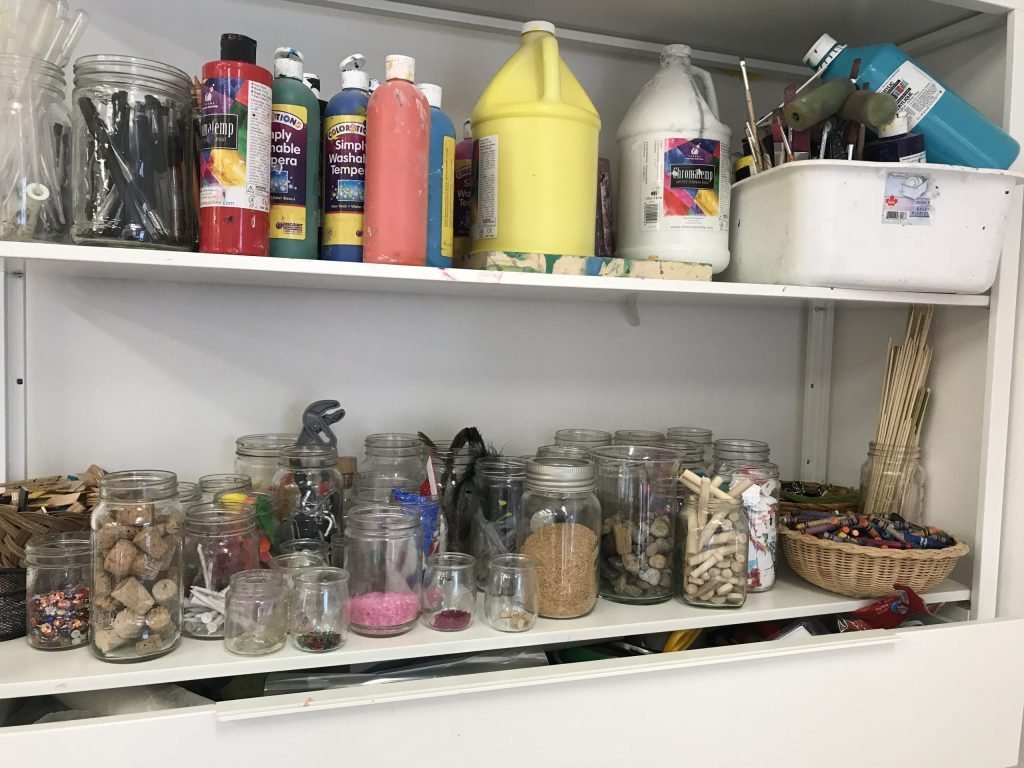
It’s easy to tell a child they are trusted, competent, and capable, but genuinely believing those things requires real-world experience. This is a simple way to provide such experiences.
A couple of dramatic play area shots from Australia.
Notice that the breakable items are utilitarian, inexpensive, and durable. That’s a smart call. I don’t recommend displaying collections of neolithic pottery or Ming dynasty vases in children’s play spaces. Be thoughtful about what breakable stuff you provide.
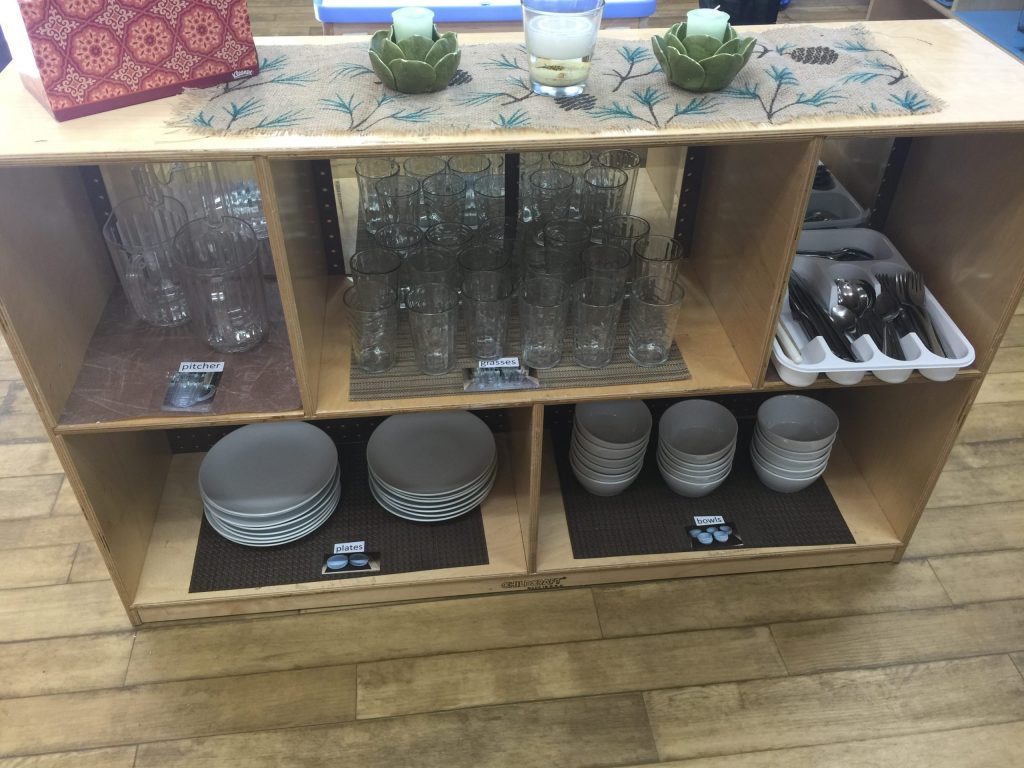
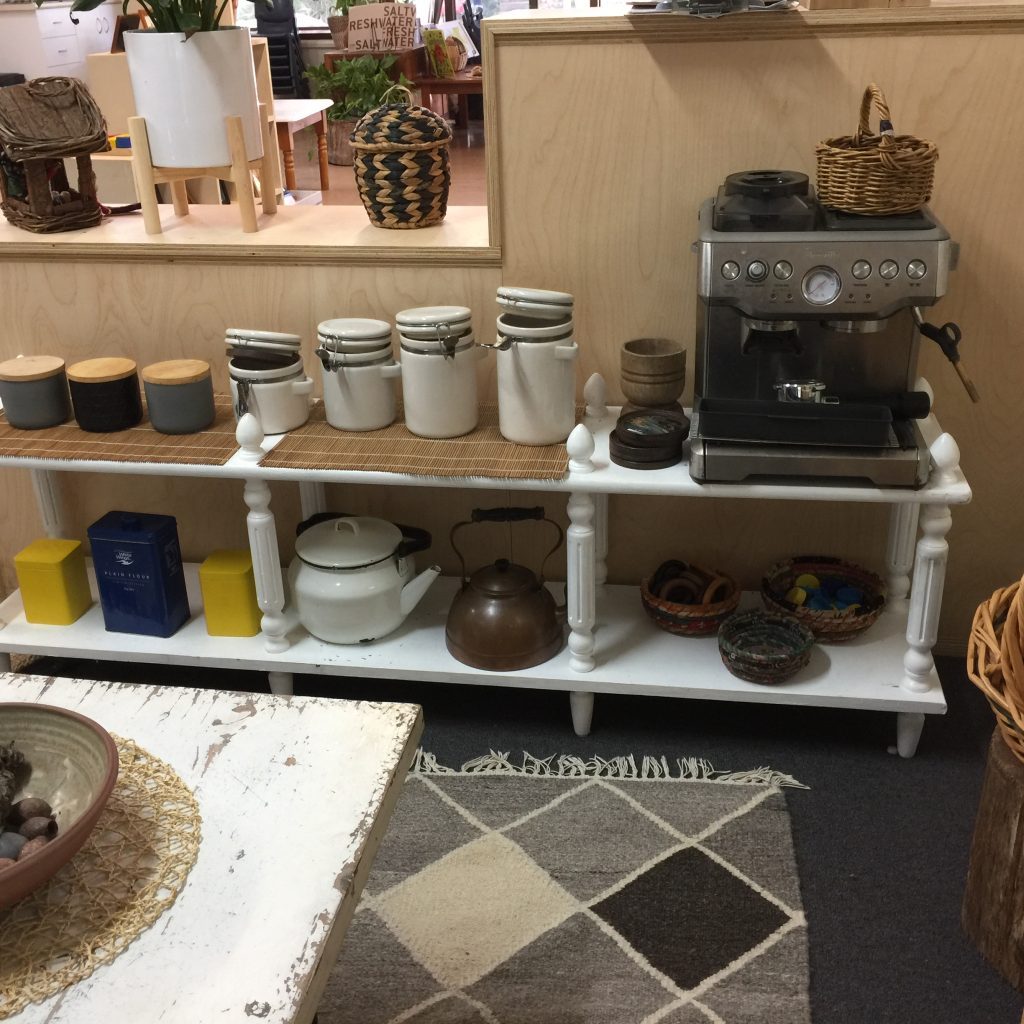
A bounty of breakable stuff: pitchers, glasses, plates, bowls, candle holders, and containers. Plus, look at all those pointy forks and knives!
Breakable bowls during snack time at a forest school program in Canada.
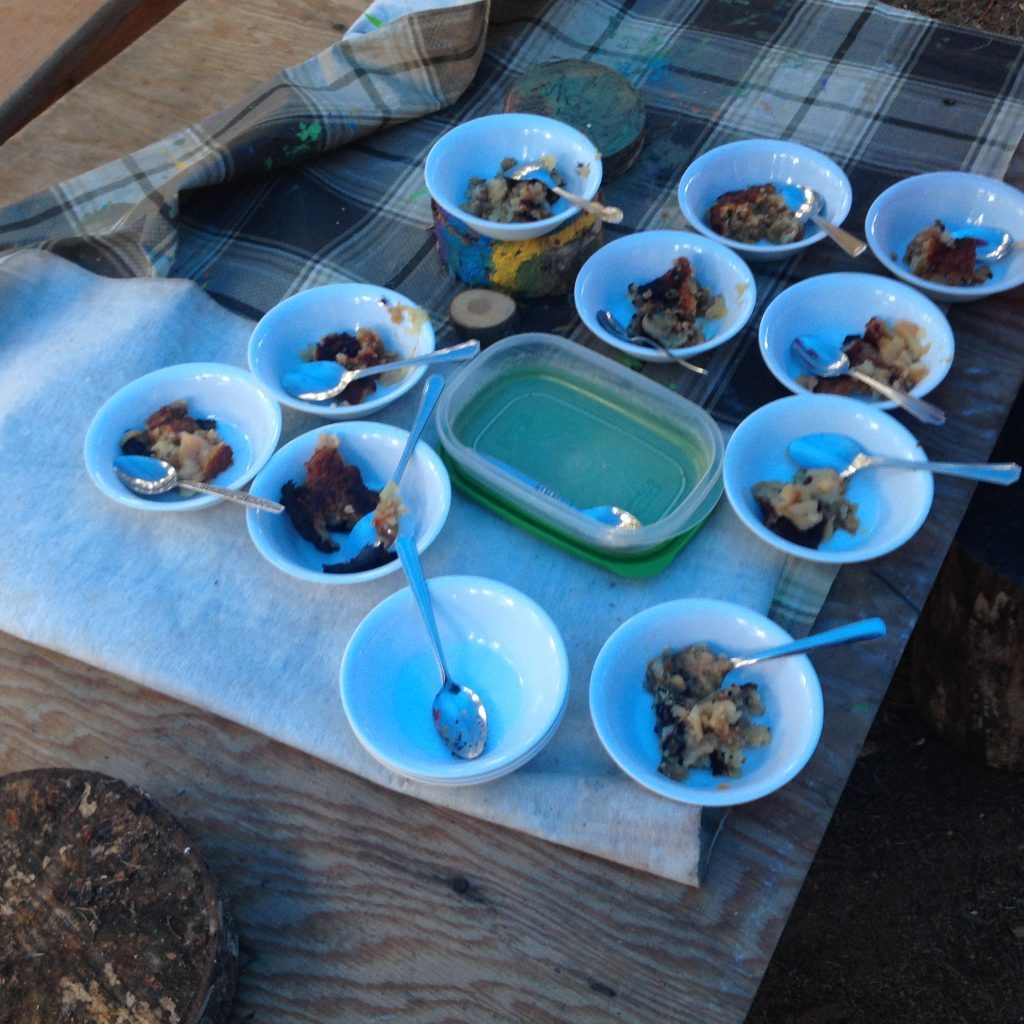
That was a great day. After the kids shamed me into joining them for a splash in a stream on a brisk 34-degree morning, a couple of kids started a fire while others helped slice apples and mix up the apple crisp they were preparing for a snack.
Breakable Stuff Wrap Up
All the programs in the above photos are warm, nurturing, and safe environments that comply with governing policies and regulations.
When I bring up breakable stuff during trainings, I often hear some version of “We can do that at my program; they won’t let us” from at least one attendee. The ‘they’ referred to varies. Sometimes it means administrations, sometimes regulators. If you don’t think you’re allowed by ‘them’ to use breakable stuff in your early learning environment and are interested in doing so, I urge you to investigate and find out for sure. Find out from administrators exactly where it is forbidden in the program’s policies and procedures. If such a policy does exist, ask about the procedure for having it changed.
Find out from regulators what page the regulation banning such things is on in the regulatory guidelines. My guess is they won’t tell you to “check page 12, paragraph 6 of the regulations” because it is highly unlikely there is an explicit ban on breakable stuff. I’ve been searching for years–and encouraging others to do the same–and have yet to run across such a regulation or anything close to it. If you know of such a regulation, send me the document and tell me what page it’s on.
Breakable stuff in early learning settings come
Have thoughts on the photos–or thoughts on our thoughts? Share them in the comments. You’ll find more play space critiques here.
Brought to you by Explorations Early Learning
Contribute content to Playvolution HQ
Browse Trainings
Post Author
Jeff Johnson is an early learning trainer, podcaster, and author who founded Explorations Early Learning, Playvolution HQ, and Play Haven.



Leave a Reply